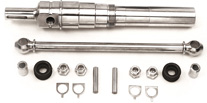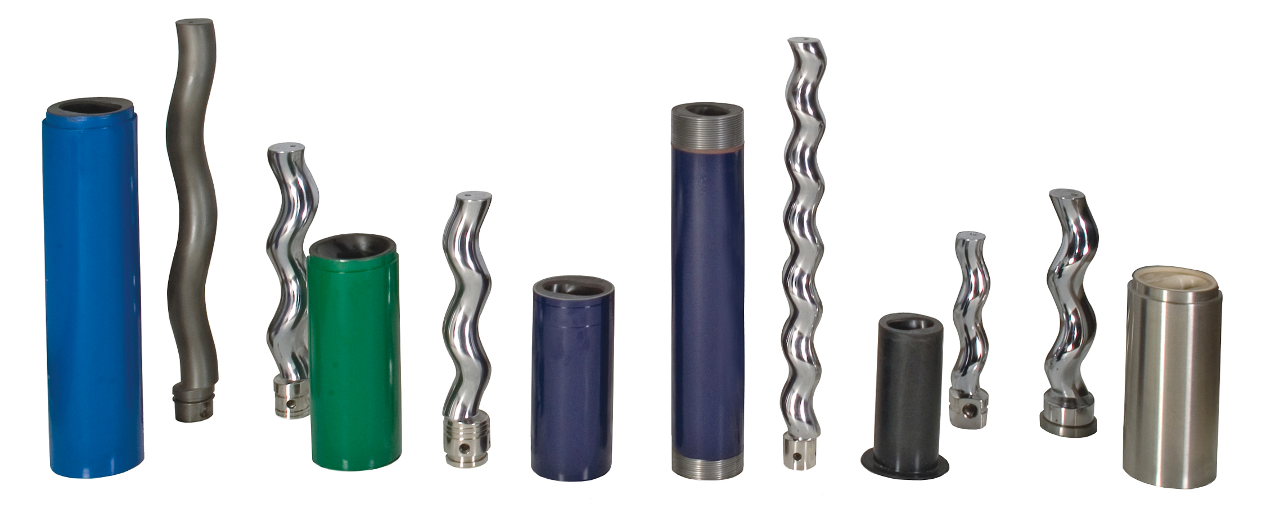Advice & Expertise
SPS Pumps is recognized as an expert in providing wear and spare parts for eccentric screw pumps,
covering a wide range of leading market brands.
Our inventory includes parts for renowned brands such as Seepex ®, Netzsch ®,
Nov Mono ®, Bornemann ®, PCM ®, Inoxpa ®, and Allweiler ®,
thereby ensuring extensive compatibility and exceptional quality.
Our team of specialists is trained to quickly identify the appropriate part for each pump model, thanks to our extensive database.
This efficiency allows us to reduce downtime and ensure optimal performance of your equipment.
For a detailed exploration of our offerings by brand, we invite you to visit our specific pages.
Simply click on the links below to access complete information on the parts available for each brand.
You will discover a range of stators, rotors, shafts, joint pins, and much more, specifically designed to meet the requirements of your equipment.
Trust SPS Pumps, your partner of choice for all your spare and wear parts for eccentric screw pumps.

The Stator of a Progressive Cavity Pump

The stator is the most frequently replaced part.
It wears naturally owing to the constant friction caused by the rotation of the spindle.
Its replacement frequency depends on the type of fluid being pumped.
Find out more
The Rotor of a Progressive Cavity Pump

The spindle/helical rotor is made of metal, whose quality is selected in accordance with the application,
i.e.steel and various grades of stainless steel, which may be chrome plated.
The rotor is also a retrofit part.
Find out more
The Coupling Parts of a Progressive Cavity Pump

The rotor is connected to the motor by a connecting rod, which in turn is connected to an axle.
All of these mechanical components are found in the pump’s suction housing.
The mechanical connection parts are also retrofit parts and have to be replaced at regular intervals.
Find out more


